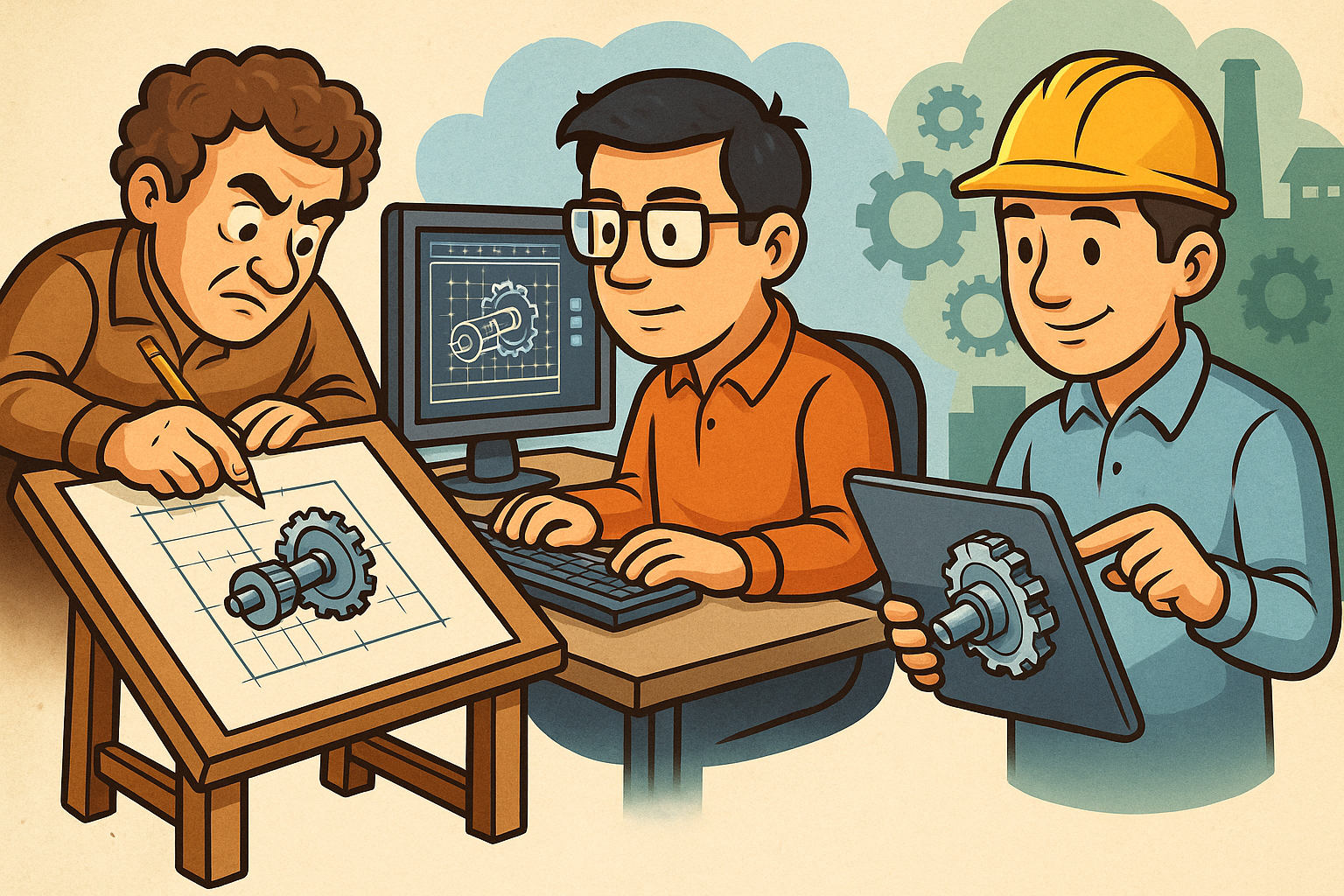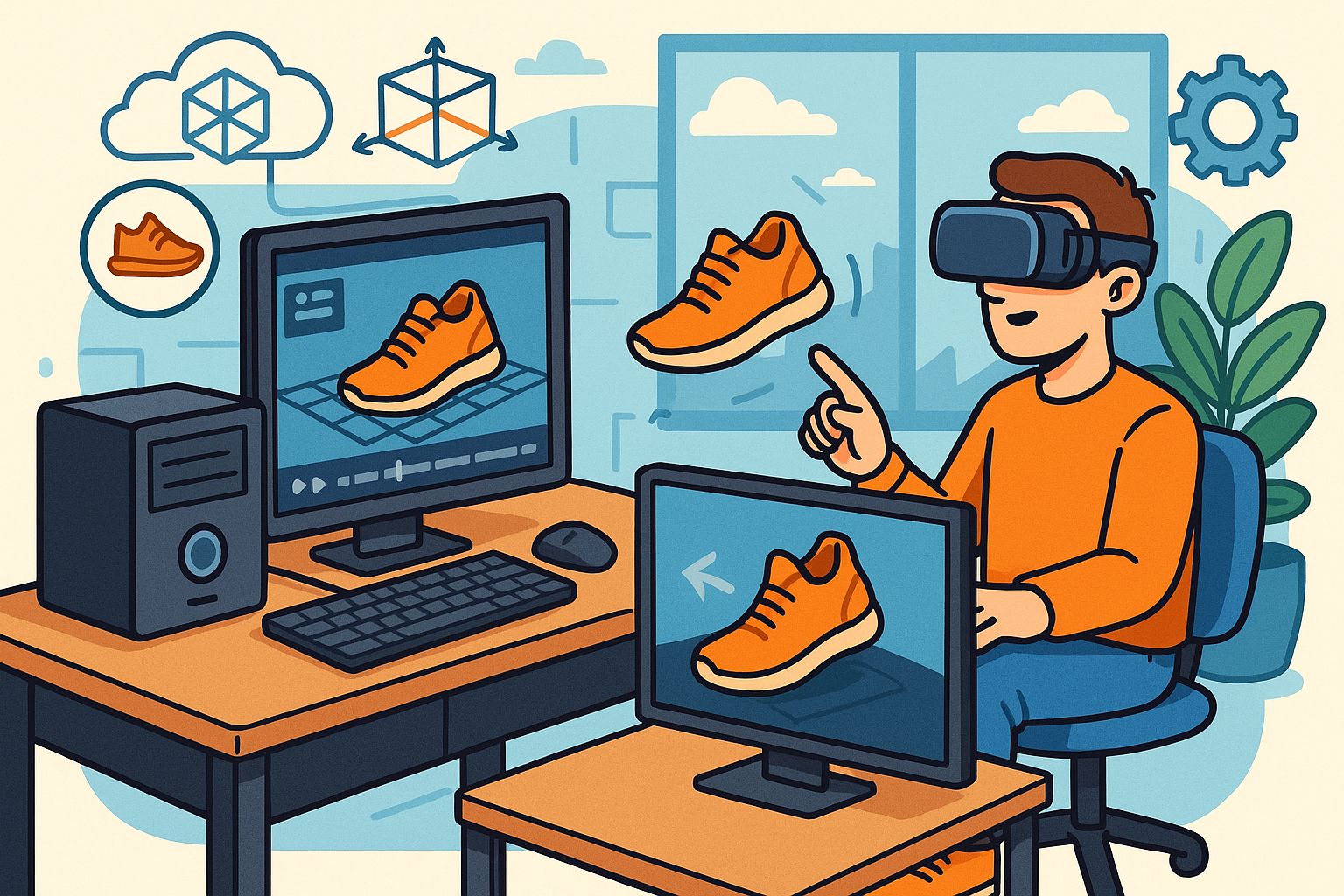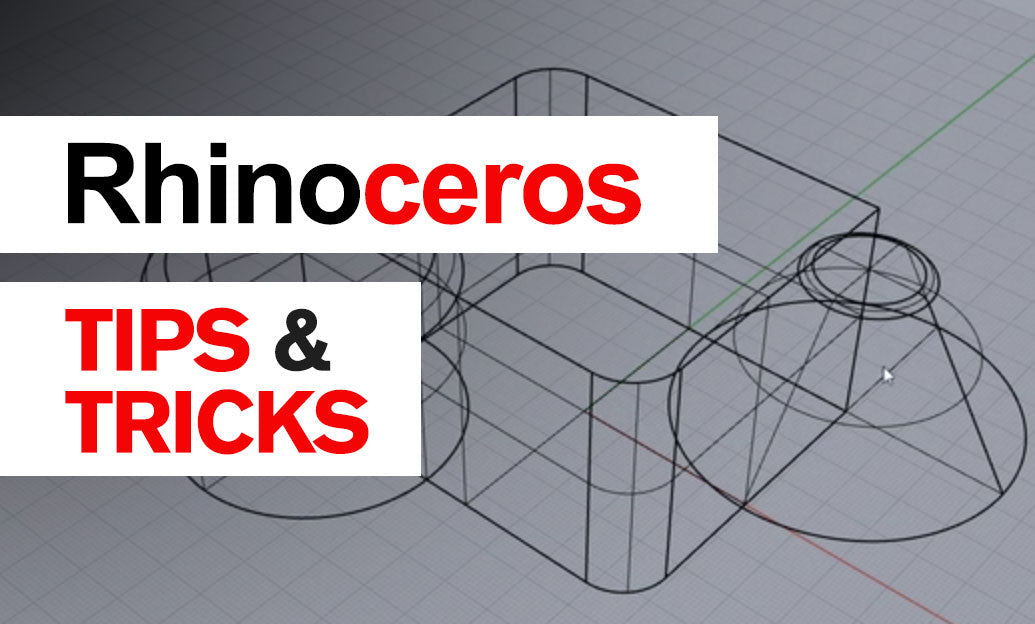Your Cart is Empty
"Great customer service. The folks at Novedge were super helpful in navigating a somewhat complicated order including software upgrades and serial numbers in various stages of inactivity. They were friendly and helpful throughout the process.."
Ruben Ruckmark
"Quick & very helpful. We have been using Novedge for years and are very happy with their quick service when we need to make a purchase and excellent support resolving any issues."
Will Woodson
"Scott is the best. He reminds me about subscriptions dates, guides me in the correct direction for updates. He always responds promptly to me. He is literally the reason I continue to work with Novedge and will do so in the future."
Edward Mchugh
"Calvin Lok is “the man”. After my purchase of Sketchup 2021, he called me and provided step-by-step instructions to ease me through difficulties I was having with the setup of my new software."
Mike Borzage
December 06, 2024 4 min read


In the ever-evolving landscape of design and creative industries, the concept of non-linear design has emerged as a pivotal force driving innovation. Non-linear design breaks away from the traditional step-by-step approach, introducing a more fluid and dynamic process that mirrors the complexities of real-world creative problem-solving. This shift towards non-linear methods acknowledges that creativity is seldom a straight path; instead, it is a journey marked by exploration, iteration, and adaptability. The significance of non-linear design in modern creative processes cannot be overstated, as it empowers designers and engineers to push the boundaries of what's possible, fostering an environment where ideas can evolve organically. The introduction of non-linear design software features has been instrumental in this transformation, offering tools that enhance flexibility and enable a more interactive design experience. As industries continue to seek innovative solutions, embracing non-linear design methodologies has become crucial for staying competitive and fostering meaningful advancements.
Non-linear design software is characterized by its ability to support flexibility, adaptability, and iterative processes. Unlike traditional linear software that follows a predetermined sequence of steps, non-linear tools allow designers to move freely between different stages of the design process. This flexibility is essential for accommodating changes and exploring various design possibilities without the constraints of a rigid workflow. One of the key features of non-linear design software is Parametric Design, which enables dynamic alterations based on predefined parameters. This means that a single change in a parameter can automatically update related aspects of the design, allowing for rapid exploration of variations. Another significant feature is Generative Design, where algorithms are used to generate a wide array of design options based on specific criteria. This approach leverages computational power to uncover solutions that might not be immediately apparent through manual design processes. Additionally, Interactive and Collaborative Tools are integral to non-linear software, supporting real-time changes and inputs from multiple stakeholders. By deviating from traditional step-by-step processes, these features create an open-ended and interactive design experience, facilitating innovation and creativity through continuous iteration and collaboration.
The applications of non-linear design span across various sectors, profoundly impacting the way products, buildings, and media are conceptualized and developed. In Product Design, non-linear methods, such as parametric and generative design, enable the rapid creation of innovative products by allowing designers to iterate and refine designs efficiently. This approach leads to unique and optimized solutions that cater to specific user needs and market demands. In the field of Architecture, non-linear design software allows for the development of adaptive building models that respond to environmental data and user inputs. Architects can create structures that not only fulfill aesthetic and functional requirements but also adapt to changing conditions, enhancing sustainability and user experience. In the realm of Entertainment and Media, non-linear storytelling facilitated by advanced design software offers interactive narratives where users can influence the storyline, creating a more engaging experience. The impact of non-linear design on the overall design process is significant, as it enhances creativity by providing designers with the tools to explore a multitude of possibilities. It also reduces time-to-market by streamlining the iteration process and increases user satisfaction by allowing for more personalized and adaptive solutions.
Despite its numerous advantages, the adoption of non-linear design approaches presents several challenges. One of the primary obstacles is the complex learning curve and skill gaps associated with mastering advanced design software. Designers and engineers may require substantial training to fully leverage non-linear features, which can be resource-intensive for organizations. Compatibility and integration with existing linear design workflows also pose challenges, as transitioning to non-linear methods may require significant changes to established processes and systems. Furthermore, data management and computational requirements are critical considerations, as non-linear design software often demands robust hardware and efficient data handling capabilities to function effectively. Looking ahead, the future of non-linear design is promising, with predictions pointing towards enhanced artificial intelligence and machine learning capabilities that will further refine non-linear processes. There is an expected increase in focus on user-centric design models and improvements in user interfaces, making these advanced tools more accessible. Industries are anticipated to shift towards more adaptive and resilient design methodologies, embracing the flexibility and innovation that non-linear design offers. This evolution will likely address current challenges by simplifying the user experience and integrating seamlessly with existing workflows.
Non-linear design software features are reshaping creative industries by providing dynamic and flexible solutions that align with the complex nature of innovation. By moving away from rigid, linear processes, designers and engineers can harness a more interactive and exploratory approach to problem-solving. The importance of embracing these tools lies in their ability to foster creativity, enhance efficiency, and drive industry advancements. As the design landscape continues to evolve, it is crucial for professionals to explore and integrate non-linear features into their workflows. This integration not only facilitates the development of cutting-edge solutions but also positions organizations to remain competitive in a rapidly changing market. Emphasizing the role of continued education and adaptation, designers and engineers are encouraged to invest in learning these advanced tools to achieve long-term success and contribute meaningfully to the future of design and innovation.

July 25, 2025 9 min read
Read More
July 25, 2025 7 min read
Read More
July 25, 2025 3 min read
Read MoreSign up to get the latest on sales, new releases and more …